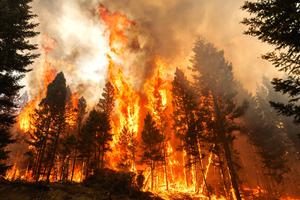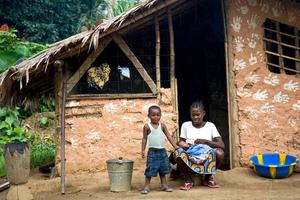Fifteen years ago, wealthy nations pledged to channel $100 billion in climate aid to poorer countries by 2020. New analyses find that not only were rich nations two years late in meeting this goal, but much of the money was existing aid that had been relabeled as climate assistance, or it took the form of loans.
A new accounting from the OECD finds that wealthy nations first reached their goal in 2022, delivering nearly $116 billion in climate aid. OECD chief Mathias Cormann said that surpassing the $100 billion mark was “an important and symbolic achievement which goes some way towards making up for the two-year delay, which should help build trust.”
But a new analysis from the Center for Global Development suggests that $27 billion of the 2022 total was existing assistance that had been relabeled or repurposed as climate aid. This is despite the expectation that wealthy nations provide aid that is “new and additional.”
Moreover, most of the aid in 2022 took the form of loans, which have historically channeled billions of dollars back to wealthy nations, according to a recent analysis from Reuters.
From 2015 to 2020, wealthy nations issued $18 billion in climate loans at market-rate interest. They also supplied another $11 billion in loans that required poorer countries to buy from companies in lender nations.
“From a justice perspective, that’s just deeply reprehensible,” Liane Schalatek, of the Heinrich-Boll Foundation, told Reuters.
ALSO ON YALE E360
Pollution Paradox: How Cleaning Up Smog Drives Ocean Warming



